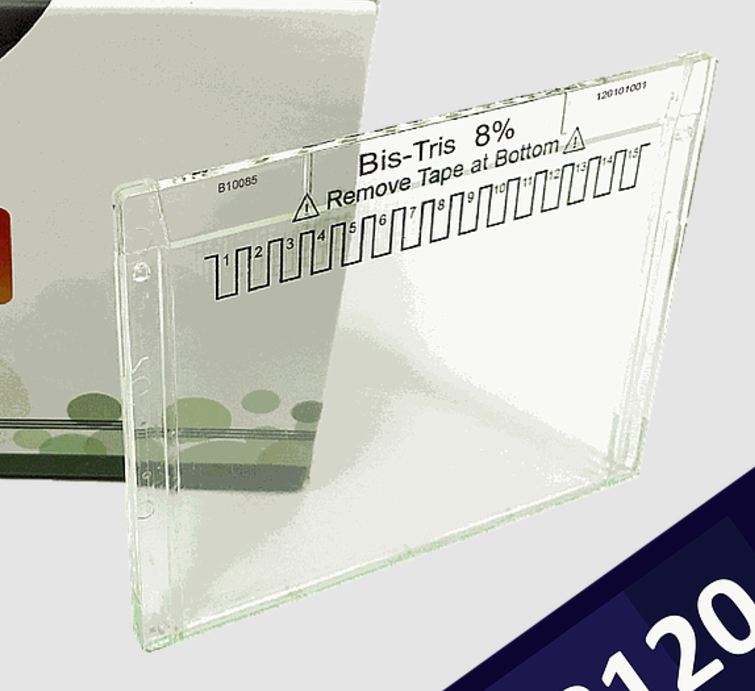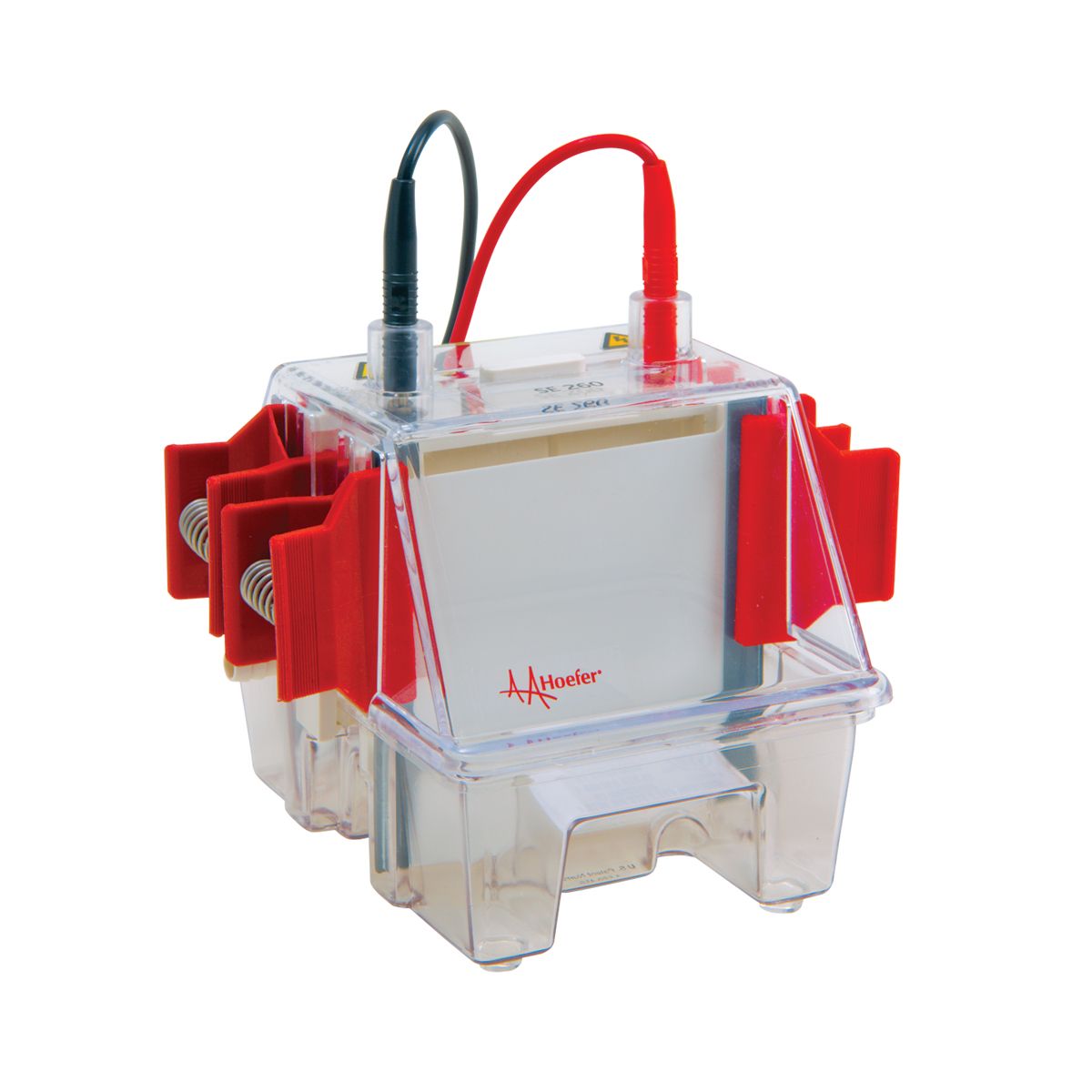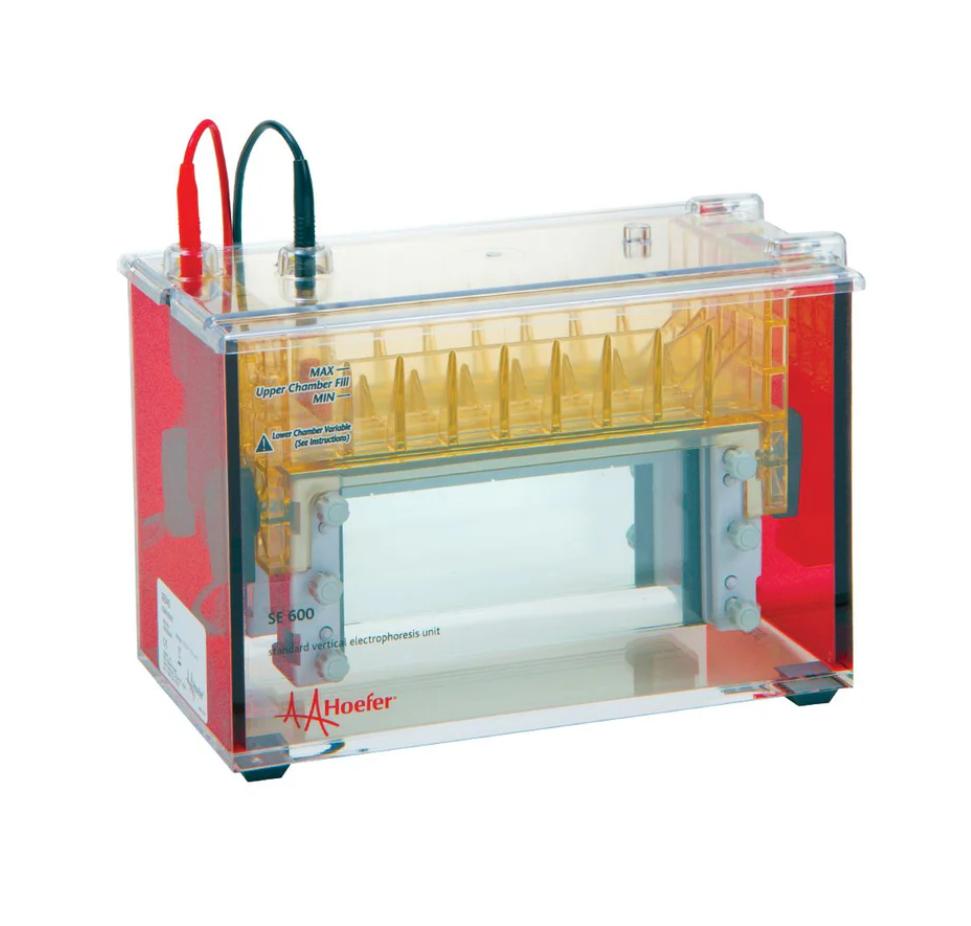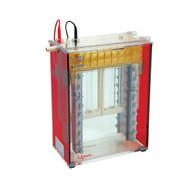Are There Protein Gel Electrophoresis Systems Larger Than Mini and Midi Size?
Posted by Stellar Staff on 24th Nov 2024
One of the common methods for analyzing proteins is gel electrophoresis.
Using protein gel electrophoresis scientists can separate proteins based on their ionic charge, molecular weight, or both, depending on whether a denaturing chemical has been added or not.
Polyacrylamide is the most used matrix for this activity as it can be poured at different concentrations with larger or smaller pore sizes that help proteins separate.
A laboratory may choose to cast their own gels, or for convenience, purchase pre-cast gels at set concentrations.
When gels are prepared, a notch is made on the top end of the gel. This notch forms a well where the samples are loaded and made ready to receive the electrical current that will cause the proteins to migrate.

What are the most common sized polyacrylamide gels?
For quick and easy gel electrophoresis, laboratories are likely to use either a mini or midi sized gel.

Mini gels usually measure 8 x 10 centimeters, while the slightly larger midi gels measure 10 x 10 centimeters.
A mini or midi gel can be made with ten, twelve or fifteen wells depending on the available space.
At least one well made available for loading a protein ladder or protein marker. This tool is made up of proteins with a known molecular weight and used as a ruler to measure the weight of the proteins being analyzed.

Protein samples and other large molecular masses are typically measured in kDa, or kilodaltons.
The number of wells represent the capacity and total number of proteins any given gel can resolve.
What can I do if I want to resolve more than fifteen lanes of proteins at a time?
Proteomic laboratories looking to increase efficiency and capacity have several options.
Many gel box systems can be expanded with additional casting plates so multiple gels can be run simultaneously using the same electrophoresis rig.
A midi gel system equipped with additional plates could run up to thirty samples at a time, for example, by using two fifteen-well gels simultaneously.
When higher throughput is needed, there is only one name in electrophoresis to turn to:
Hoefer
Depending on the Hoefer gel system, up to one hundred and twelve protein samples can be resolved on a single run!
Younger laboratory technicians have probably never heard of Hoefer, but anyone forty and older will remember the name fondly.
Everything Hoefer builds is done with ease and simplicity in mind.
Gel box components are highly visible and manufactured to be precise and tight fitting.

Hoefer gel electrophoresis systems are available with air cooling and active cooling built in, to prevent gels from overheating during long, or unsupervised runs.
Where can I buy a Hoefer electrophoresis system?
After taking a hiatus from the North American market, Hoefer has recently returned, bringing back the entire catalog plus many new and exciting products.
Stellar Scientific is an authorized Hoefer distributor where Proteomic laboratories can turn to purchase Hoefer equipment at competitive prices.
Stellar Scientific is a one-stop-shop for protein extractions kits, pre-cast gels, protein ladders, protein concentrators, and more.

